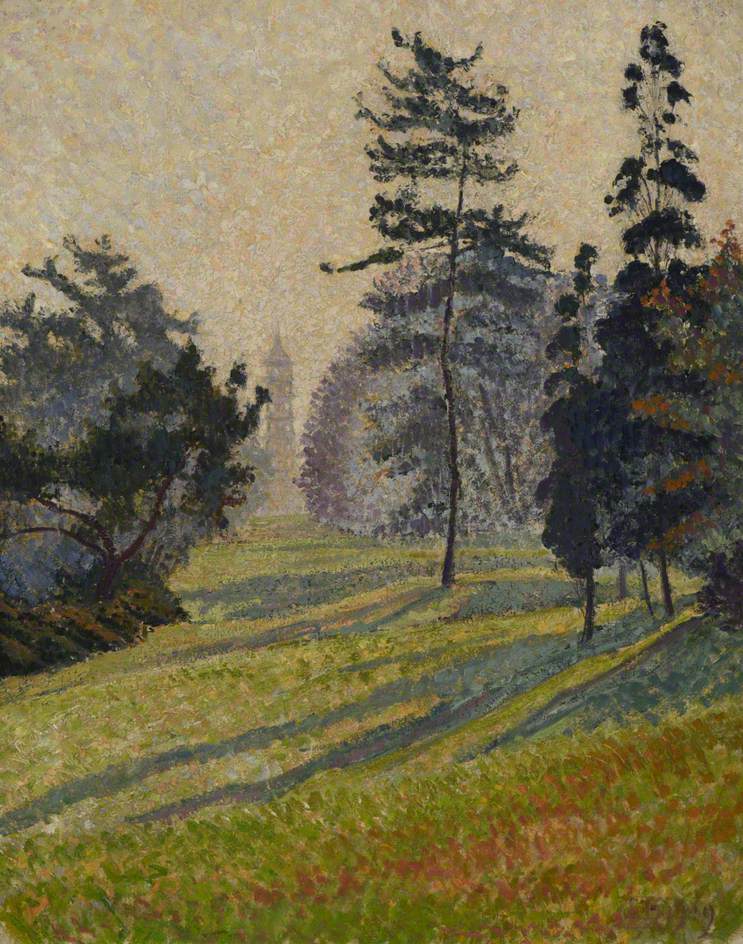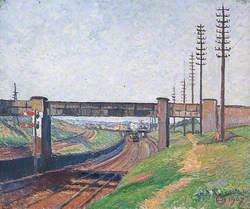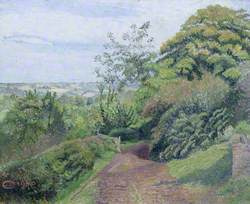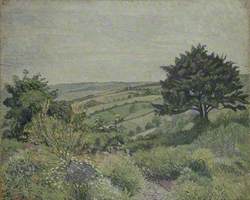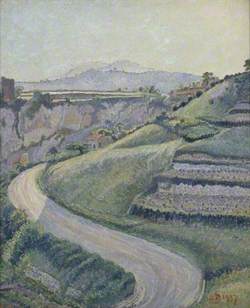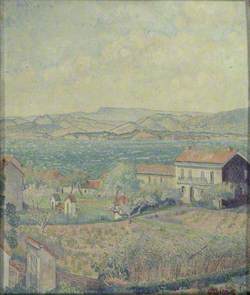How you can use this image
This image is available to be shared and re-used under the terms of the Creative Commons Attribution-NonCommercial-NoDerivatives licence (CC BY-NC-ND).
You can reproduce this image for non-commercial purposes and you are not able to change or modify it in any way.
Wherever you reproduce the image you must attribute the original creators (acknowledge the original artist(s) and the person/organisation that took the photograph of the work) and any other rights holders.
Review our guidance pages which explain how you can reuse images, how to credit an image and how to find more images in the public domain or with a Creative Commons licence available.
DownloadNotes
Add or edit a note on this artwork that only you can see. You can find notes again by going to the ‘Notes’ section of your account.
The dappled paint and use of light and shade reflects Pissarro’s Impressionistic roots in this artful view of the famous Pagoda in London’s Kew Gardens. The long shadows and stippling of orange suggest that day is lengthening into evening and the park has emptied of figures. Pissarro was the eldest son of the Impressionist artist Camille Pissarro and had little formal training but painted with his father and briefly studied wood engraving. In 1886 he participated in the eighth and last Impressionist exhibition. He was one of the first to join the Neo-Impressionist movement and exhibited at the first Salon des Indépendants. Pissarro moved to London in 1890 and established important artistic contacts. He became a British citizen in 1916, but spent several months of each year in France.
Title
The Pagoda, Kew
Date
1919
Medium
oil on canvas
Measurements
H 52.5 x W 42.5 cm
Accession number
1987-321
Acquisition method
gift from Ethel Solomon
Work type
Painting
Inscription description
Signature 1919
